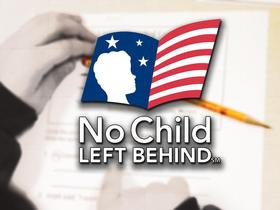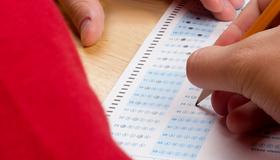A wealth of resources and web site links for all subject areas for kindergarten teachers.
- Shape Book Patterns - A to Z Shape Book Patterns with and without lines
- Literacy Sites available en francais and English - Literacy Center offers a fun and interactive site where early learners can explore numbers, letters, colours and shapes in English and French.
- RECENTLY UPDATED! OCDSB Kindergarten RESOURCES -
- CENTER SIGNS - A wonderful site. Every sign you can think of ! Great for labeling ~
- Internet4classrooms - Online Interactive Web Sites ~ Literacy and Math ~ For use as Independent Skill Activities during Center Time
- More Sequenced Lesson Plans from Utah - Looking for ideas and formal lesson plans and activites for your core curriculum then do check this one out!
- BACKFLIP Kinder Collection
- Carls Corner - 'Where kids play and teachers learn' Literacy
- FRENCH sites - FSL Activities with M. Renaud
- KINDERGARTEN ~ From Wikipedia, the free encyclopedia - Includes Kindergarten systems of various countries, functions of Kindergarten, what should kindergarten activities include, readings and external links
- Kindergarten Rubrics - In writing and science..can be modified and adapted
- Kindergarten Web Site...ings of the Day - Check in here frequently for new additions!
- Mrs. McCullers' Top Dog Blog - Kindergarten Blogs ... you made a great job for your Blog.
- Kindergartenconsultant.com - Kindergarten Consultant
- Kindergarten Web Sit...ings of the Day -
- Songs 4 Teachers - Back to School - Presents songs & poems for 'Back to






















